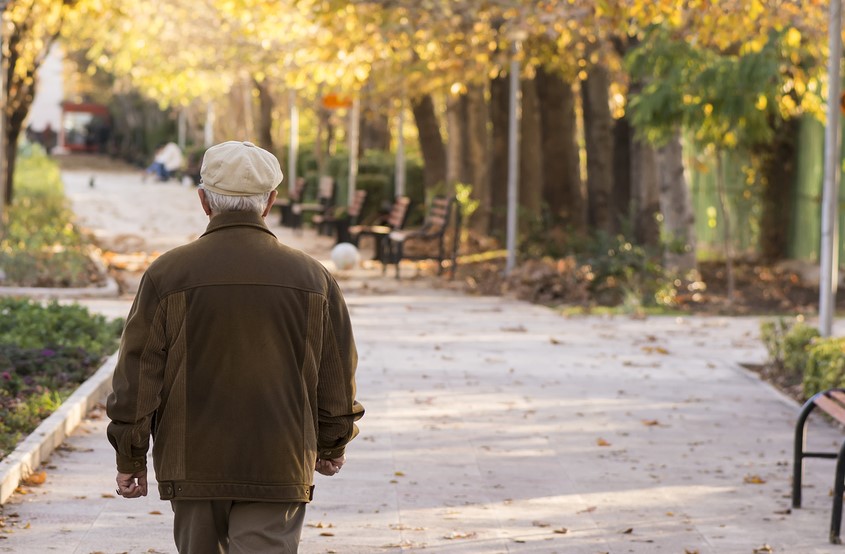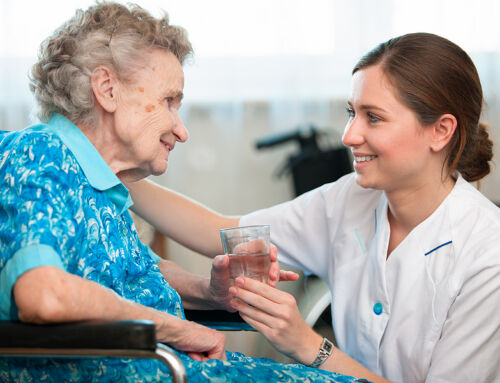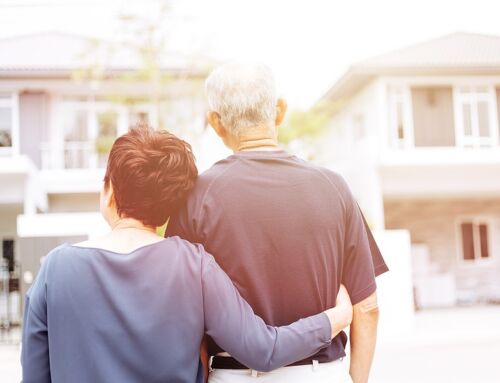A few weeks ago, Bluespire Insider, a marketing group that focuses on promoting senior living communities, hosted a virtual roundtable conversation about innovative ways to encourage social connections for residents of continuing care retirement communities (CCRCs, or life plan communities), a subject I’m always interested in learning about.
The roundtable was led by John Franklin from BB&T’s healthcare finance group. John has recently written a fantastic whitepaper on the value and importance of the interpersonal connections found at CCRCs and how one particular community is using tablet-based technology to facilitate such social interaction among residents.
The whitepaper describes how Westminster Canterbury on Chesapeake Bay (W-C Bay) in Virginia Beach, Virginia, provided in-room iPad-like tablets to a test group of residents, each preloaded with hundreds of hours of videos, music, movies, classic TV shows, games, and educational content. The tablets also featured easy-to-use video chat, email, and photo-sharing apps.
As John notes in the whitepaper, “Residents in assisted living and nursing are at-risk for social isolation or boredom because no senior living community has enough human capital to engage and entertain these residents 24/7. Although employees may not be able to meet these needs, technology can. Touchscreens can be used to quickly access content and activities of interest, whenever the resident is ready to connect.”
The W-C Bay tablet test case was a huge success on several fronts. Residents with the touchscreen tablets experienced a 55 percent decrease in depression on the Geriatric Depression Scale, as compared to residents who did not have the devices, and they also reported a 14 percent improvement in quality of life, as measured by the Affect Balance Scale. Additionally, caregivers working with the residents in the test group reported improved job satisfaction.
John says that, “The tablets are now widely used and embraced by both residents and staff. Families like the ease of virtual visits and communication, especially those families who are far away… Because families are remaining more connected, they have more to talk about, and in-person visits are more engaging.”
>> Related: The Senior Loneliness Epidemic & Solutions to “Cure” It
Social isolation vs. loneliness
While innovation is a hot issue within the CCRC industry, this virtual roundtable’s topic got me thinking about an important distinction that should be made between social isolation and loneliness. After all, while some people like to be at the life of the party at all times, others are perfectly happy to spend time in solitude—perhaps reading, working on a hobby, or meditating quietly with their thoughts. They are alone, but they don’t feel lonely.
Thus, while loneliness can be closely related to social isolation in many people’s minds, I believe there is a key distinction. Social isolation is about lacking interactions with other people, and there is no doubt that as social creatures, all humans do need this type of connection. This requirement can be met, however, by talking with others, either in person or virtually, online or on the phone. It can be appeased by simply interacting with people in the world around us. Thus, the tablet solution implemented by W-C Bay addressed social isolation and boredom very effectively.
Loneliness, however, is more about feeling a sad sense of solitude in the world. It brings to mind the phase, “alone in a crowded room.” Loneliness is often triggered by some type of a loss. Loss of mobility, health, or hearing perhaps. Maybe the loss of a lifelong career, or the loss of a spouse, friends, and family. In a vicious domino effect, this sense of loss can result in depression and cause the senior to pursue even fewer opportunities for social interactions, thus increasing their isolation and loneliness as they feel their purpose in life is dwindling.
The health risks of loneliness
And for a large swath of the senior population, loneliness is a major issue. A 2012 study out of the University of California’s department of geriatrics found 43 percent of the study’s 1,604 senior (age 60 and older) participants reported feeling lonely at least some of the time.
Of the people in the study who felt lonely, they were almost 25 percent more likely to experience a decline in activities of daily living (ADLs), and they were roughly 40 percent more likely to develop difficulties with upper extremity tasks, experience decline in mobility, and have difficulty in climbing stairs. Overall, loneliness was associated with a nearly 23 percent increase in risk of death.
Other research studies have found that loneliness among seniors is correlated to additional negative health consequences such as increased risk of coronary heart disease, higher rates of stroke, and an increase in rates of dementia.
But it’s also important to know that the health implications of senior loneliness can extend to those around the person, impacting the stress levels of caregivers and loved ones as well. These people often can feel they must shoulder the intense burden of trying to fill this loneliness gap for the senior, and it can feel overwhelming, especially on top of the already heavy-load of caregiving.
>> Related: Home Alone: Is It the Best Option for Aging Adults?
Strategies for addressing loneliness
But there are options to mitigate against senior loneliness. We as a society must actively look for ways for seniors to remain active and engaged in the world around them, such as improved public transportation or ride-sharing options and more diligent screening procedures to uncover and address feelings of loneliness sooner. Participation in volunteer opportunities and intergenerational programs designed to bring together seniors and younger people also can ensure seniors stay involved and continue to form new relationships, thus helping to stave off feelings of loneliness.
The opportunity to socialize with peers is one of the many benefits of residing in a senior living community, such as CCRC. Not only do these communities offer a large group of potential friends who are in a similar place in life, they also offer numerous scheduled events and activities to residents—everything from happy hours, to cooking and fitness classes, to affinity groups that encourage a common hobby or interest.
In fact, in John Franklin’s whitepaper, he shares that his mother-in-law says what she has most enjoyed about her seven years living in a CCRC is “the friends we have made and the sense of community and social connection we have.” When I visit CCRCs across the country, I frequently hear this common refrain.
Everyone feels lonely or bored on occasion—that’s a normal fact of life—but chronic loneliness and isolation don’t have to be an inevitability for seniors. In fact, it is both preventable and curable. We must simply look for opportunities to help seniors continue to nurture existing relationships and form meaningful new ones.

FREE Detailed Profile Reports on CCRCs/Life Plan Communities
Search Communities






